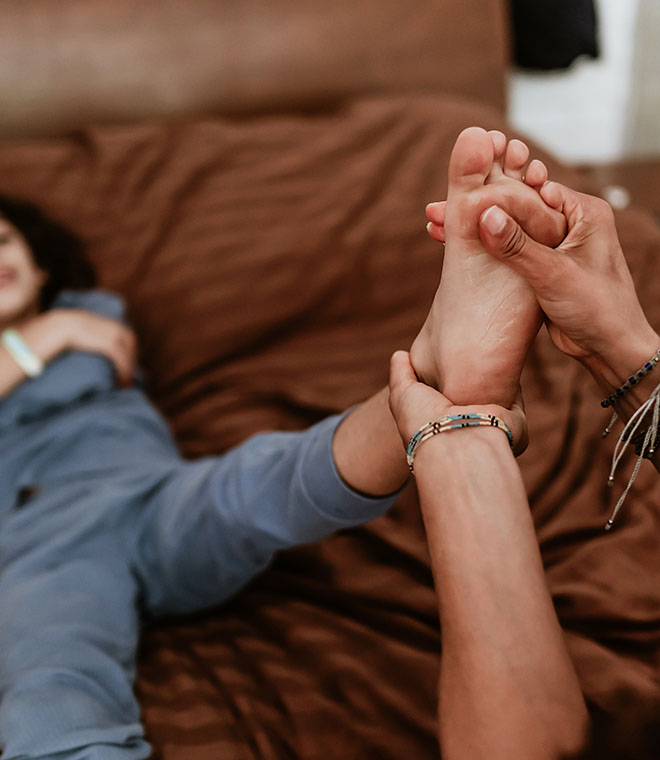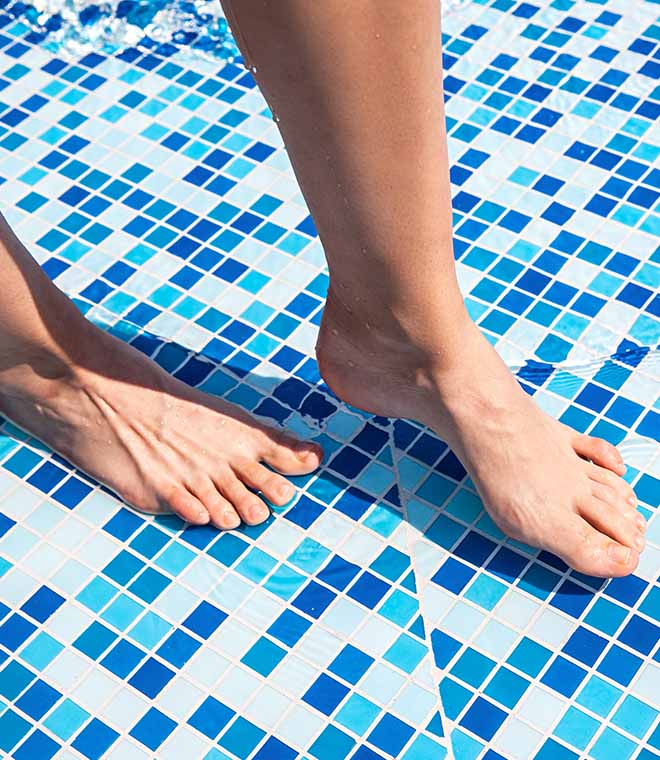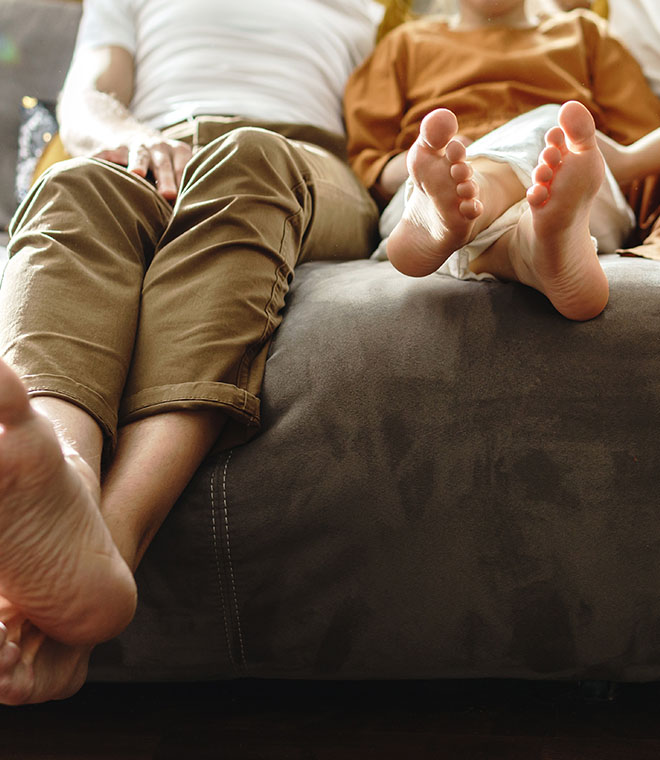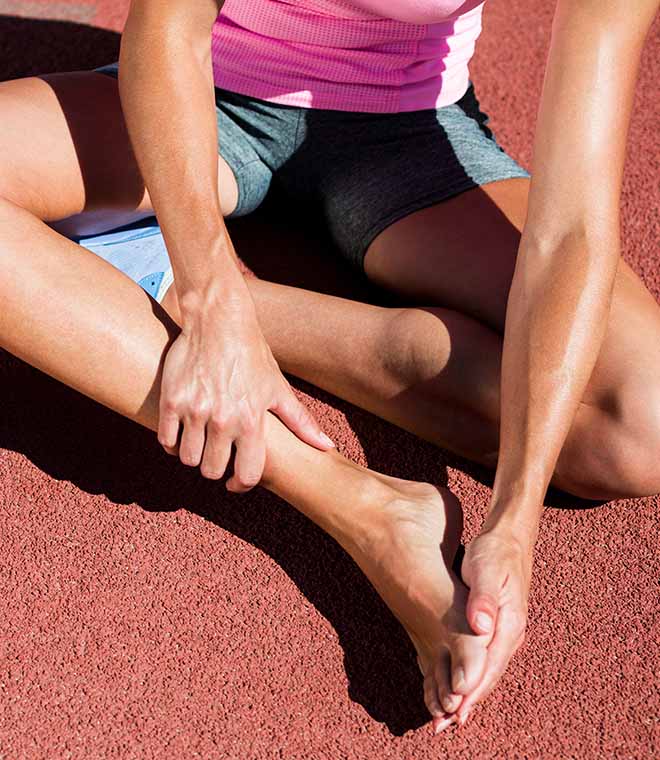Health
Curing athlete’s foot: Treatments explained
By Anna H. Chacon, MD, FAAD May 05, 2022 • 5 min
Tinea pedis, more commonly known as athlete's foot, is a common, uncomfortable foot rash. This foot fungus can be transferred from one person to another through sharing public spaces, like a community shower or locker room, while barefoot. Treatment is essential for getting rid of the fungus and preventing its spread. There are various types of treatment available for athlete’s foot.
Treating athlete’s foot
Typically, athlete’s foot first appears as dry, cracked and itchy skin between the toes. It often spreads to the soles of the feet, where it may appear as a rash or as dry, scaly skin. Sometimes, the primary symptom is itching.
Both over-the-counter (OTC) athlete’s foot treatments and prescription antifungal medications are used to reduce the itching and kill the fungus that causes athlete’s foot. These medications contain ingredients that kill the fungus or stem its growth. In some mild cases, a natural athlete’s foot remedy may relieve pain and itching, and it may even cure the condition. But any lapse in your treatment regimen, whether you’re using an OTC, prescription or natural athlete’s foot remedy, can allow the fungus to regrow and take hold again before it's entirely gone.
Using your athlete’s foot treatment of choice as directed, and using it for the recommended length of time, is the best way to get rid of athlete’s foot—and it’s how to get rid of fungus between toes.
Over-the-counter medications
There are many effective OTC athlete's foot medications that use various active ingredients to treat athlete's foot. These most often come in spray, cream or powder form. The active antifungal ingredients found in OTC athlete’s foot medicine include:
- Tolnaftate
- Terbinafine
- Bifonazole
- Clotrimazole
- Miconazole
- Oxiconazole
Prescription medications
In severe cases of athlete’s foot, or if an over-the-counter antifungal cream or spray isn’t working after a month or two of use, your dermatologist may prescribe prescription-strength antifungal cream or spray, such as:
- Clotrimazole
- Econazole
- Ciclopirox
If you have a more severe case of athlete’s foot or a bacterial infection at the same time, your healthcare provider may also prescribe oral terbinafine or itraconazole, which is taken by mouth in pill form.
Natural remedies for athlete’s foot
A variety of home remedies for athlete’s foot include hydrogen peroxide, tea tree oil, and vinegar-and-water athlete’s foot soaks. These athlete’s foot home treatments are not proven effective. For optimal results, it’s best to choose an FDA-approved athlete’s foot treatment.
Hydrogen peroxide is known for its antibacterial, antiviral and antifungal applications. However, there are no studies that show evidence of its effectiveness against athlete's foot.
Tea tree oil. When rubbed into the soles of the feet twice daily, tea tree oil may reduce the itching and rash. However, it typically takes a month of twice-daily tea tree oil applications to produce results, and it doesn't work for everyone. There is a limited amount of inconclusive research regarding the effectiveness of tea tree oil against athlete's foot.
Athlete’s foot soak. Soaking your feet for 10 to 15 minutes daily in a solution of one part vinegar to two parts water is a commonly cited athlete’s foot treatment that may help cure some mild cases of athlete’s foot, but there aren’t any studies that indicate that vinegar foot soaks are effective.
Published May 2022.



